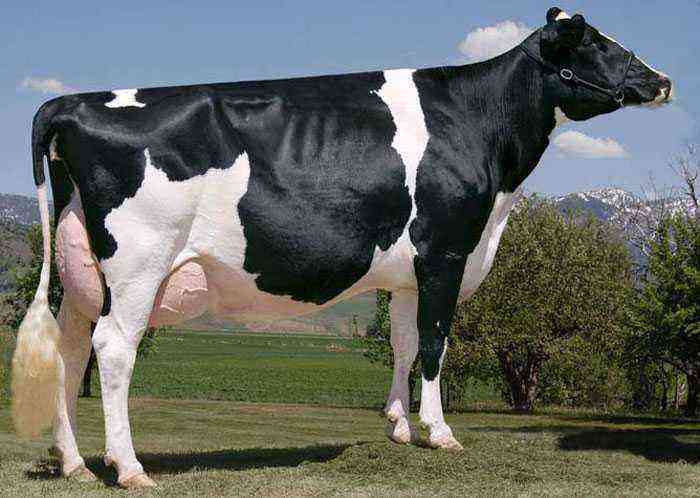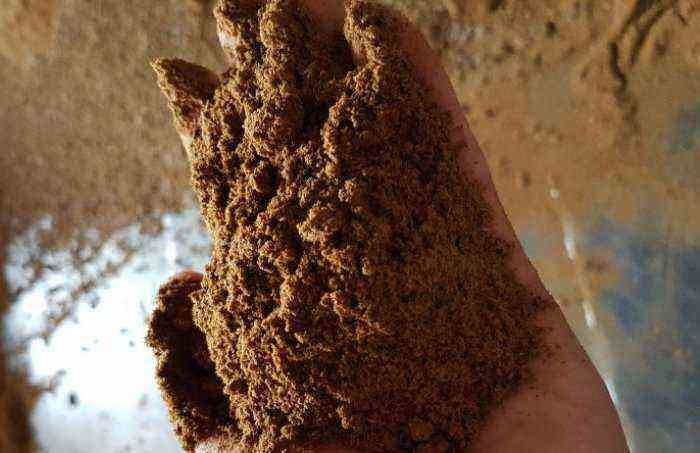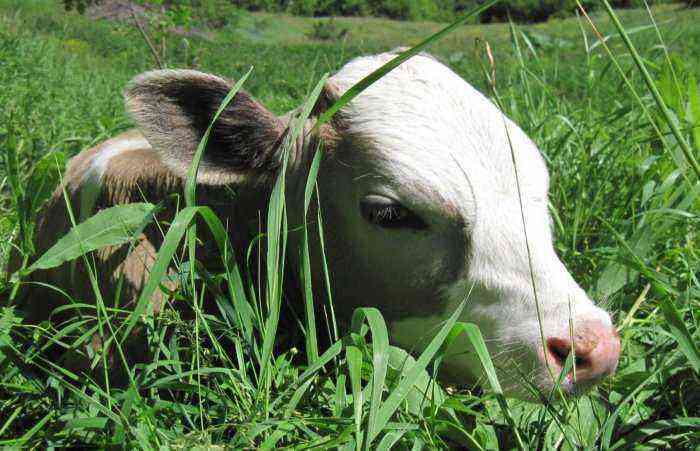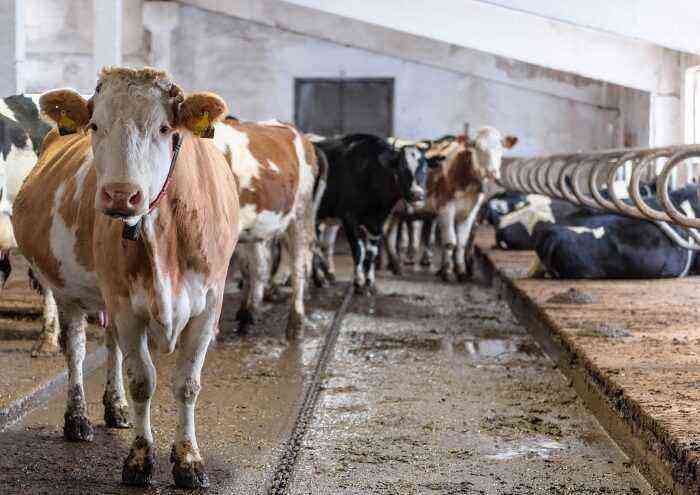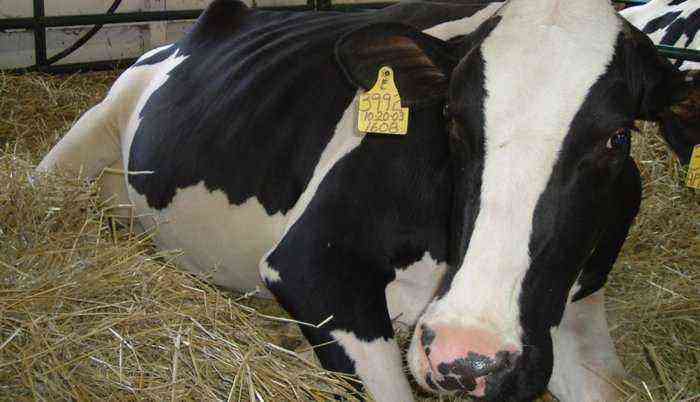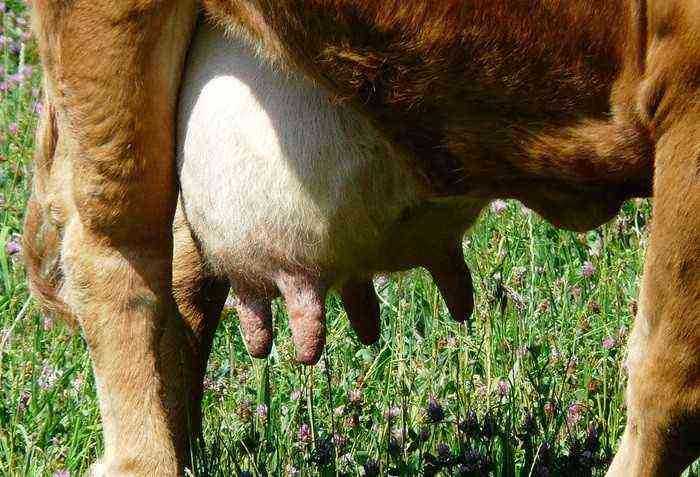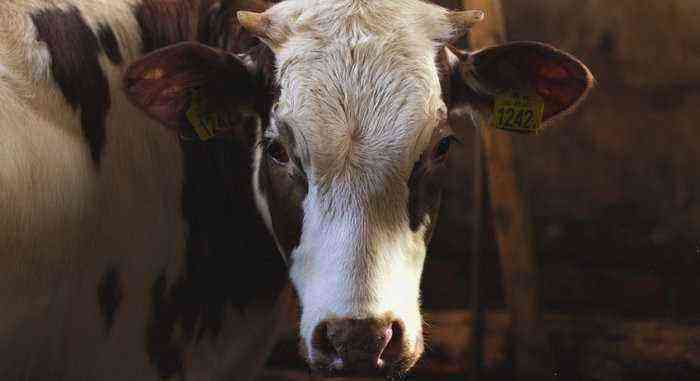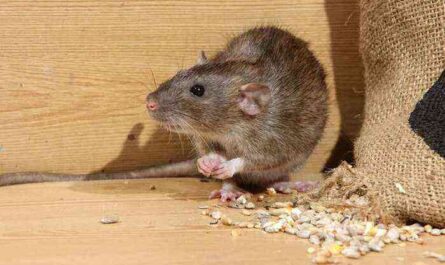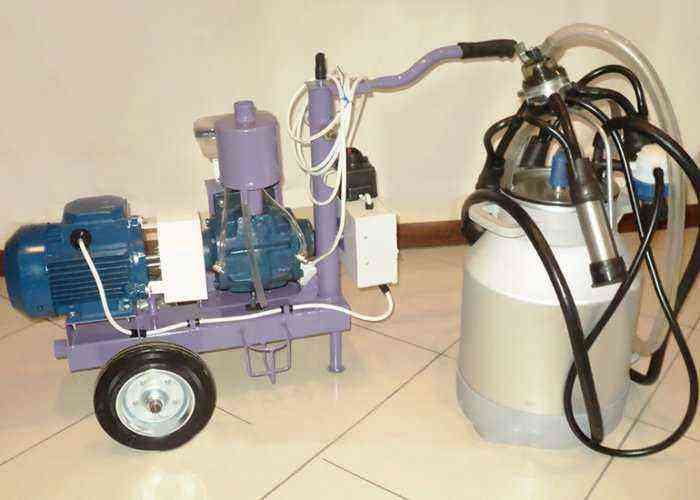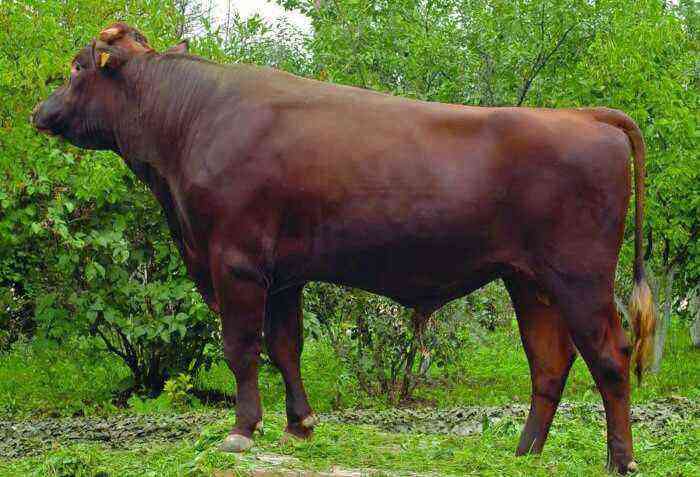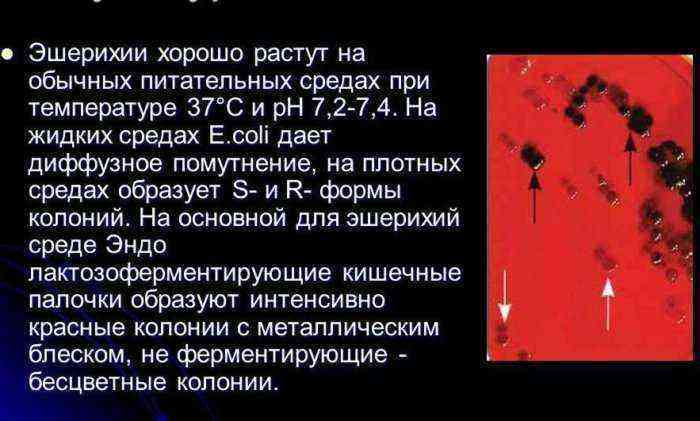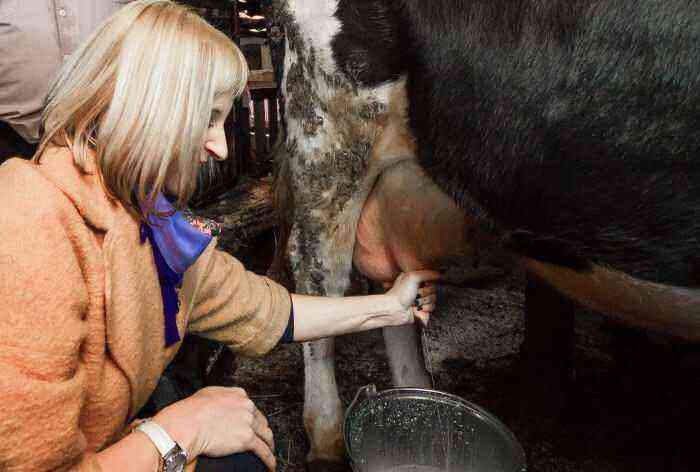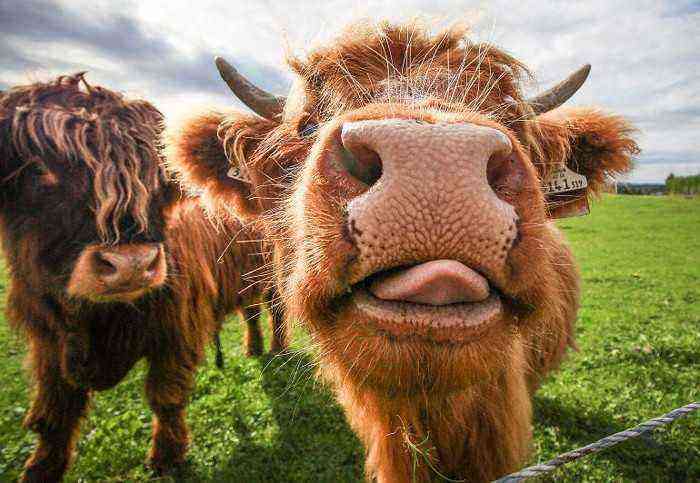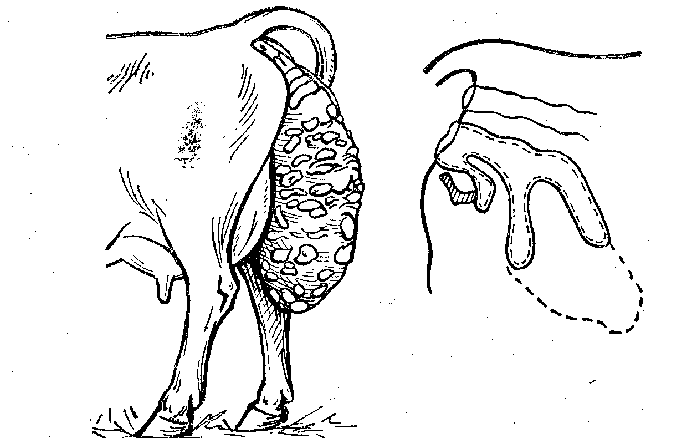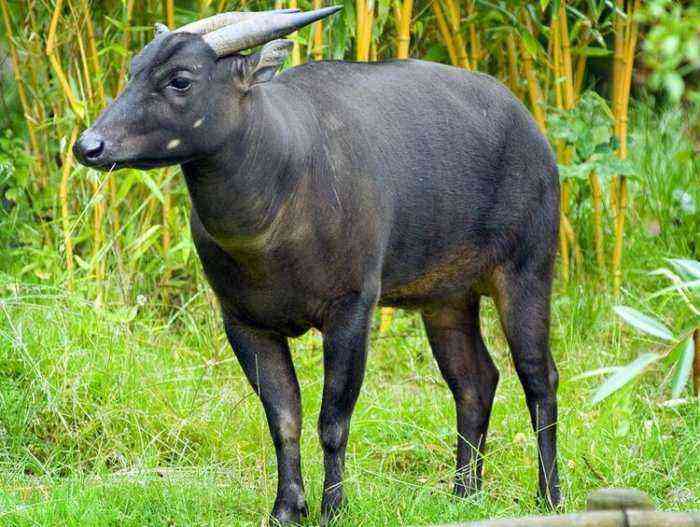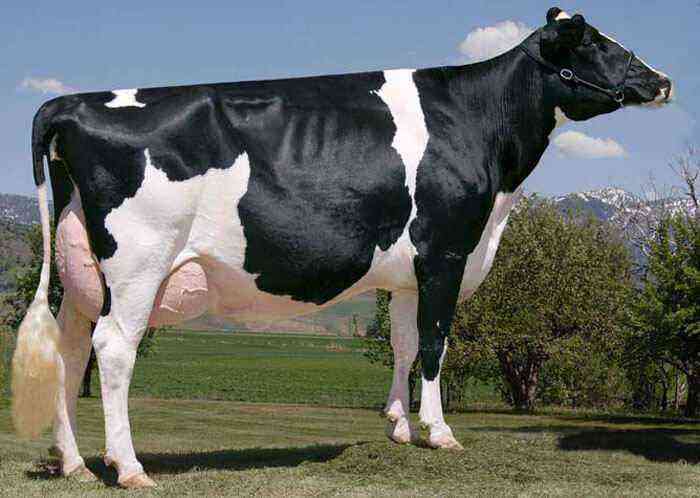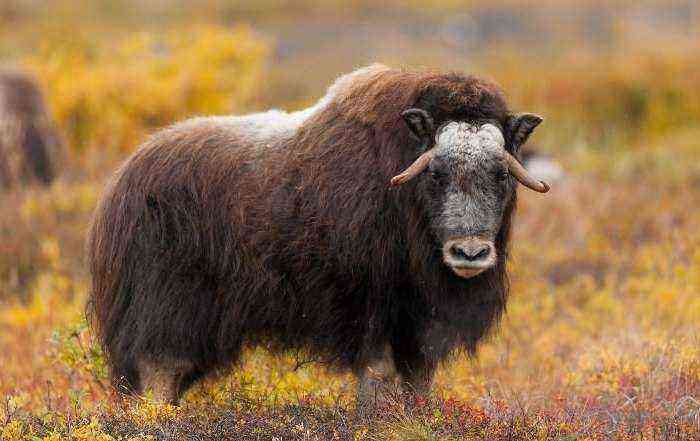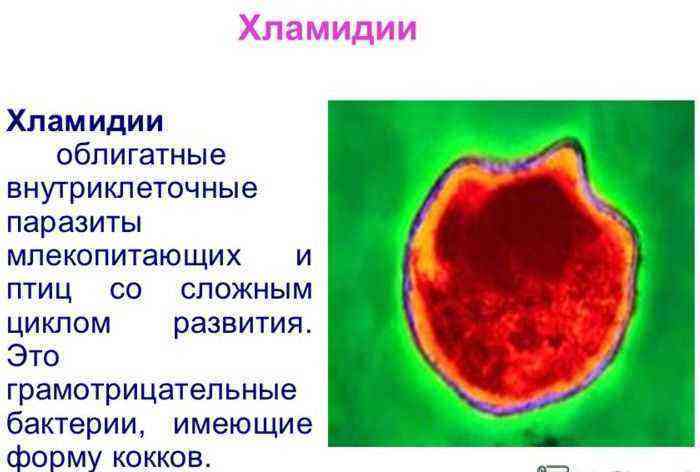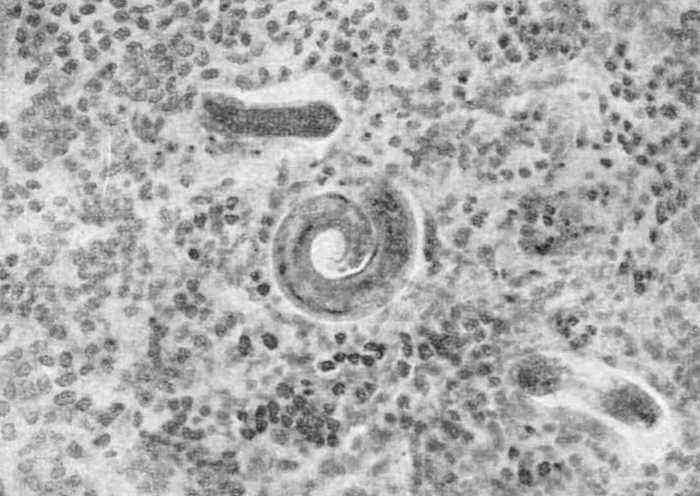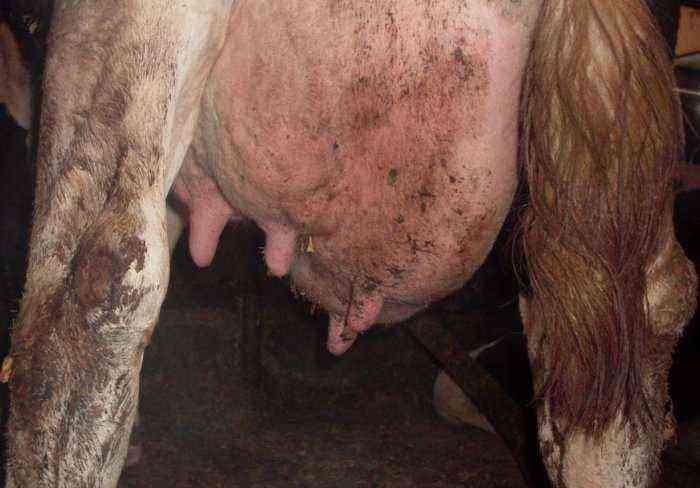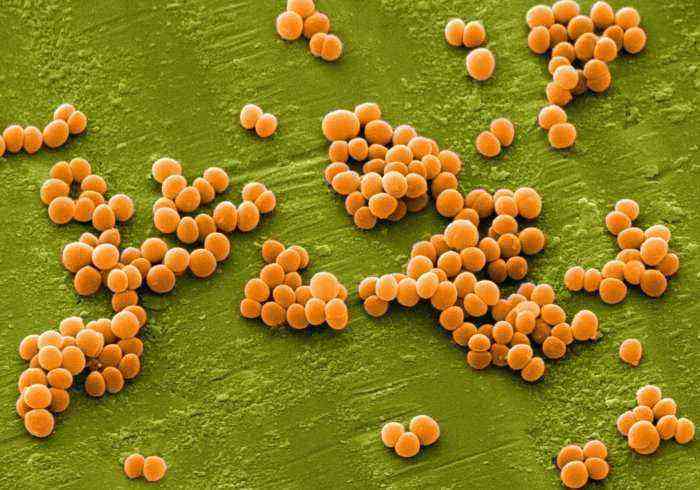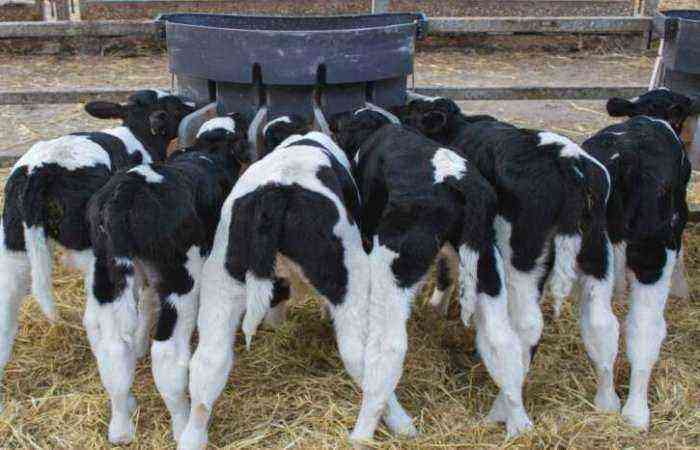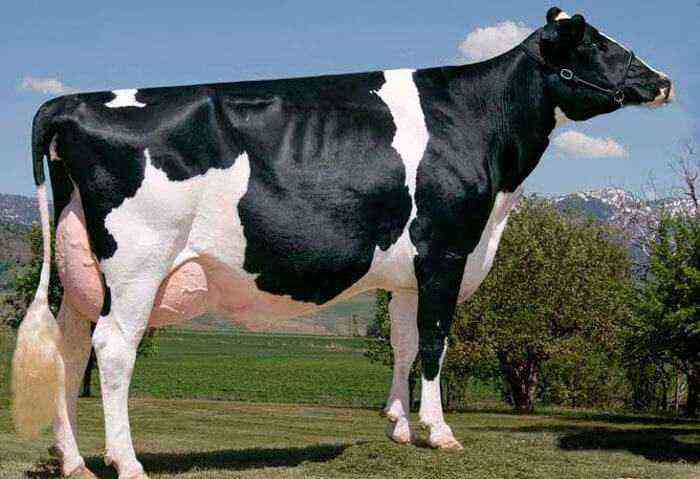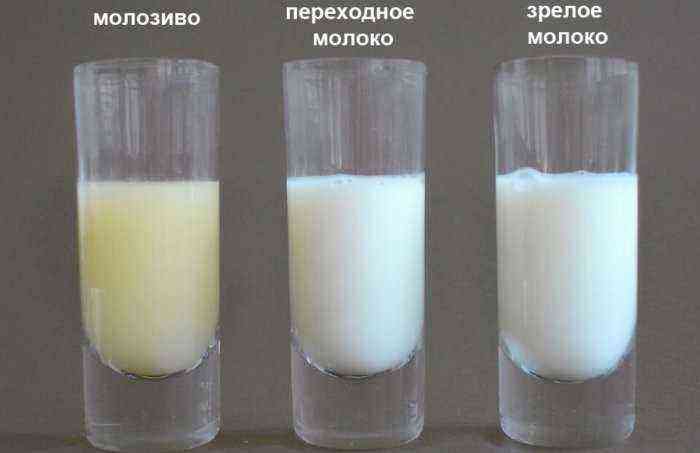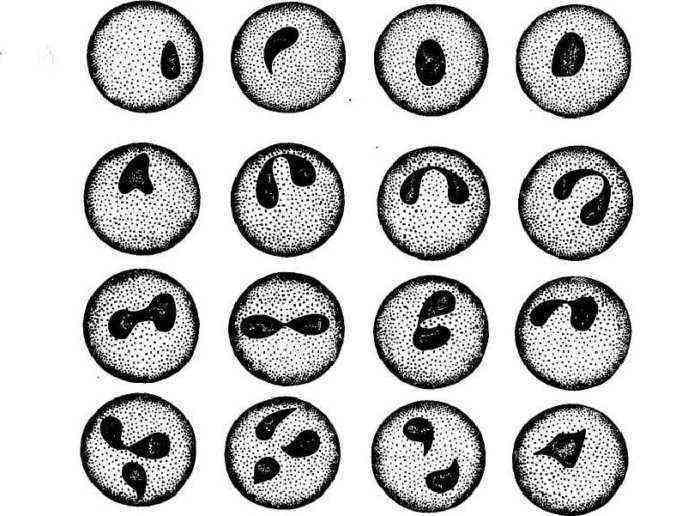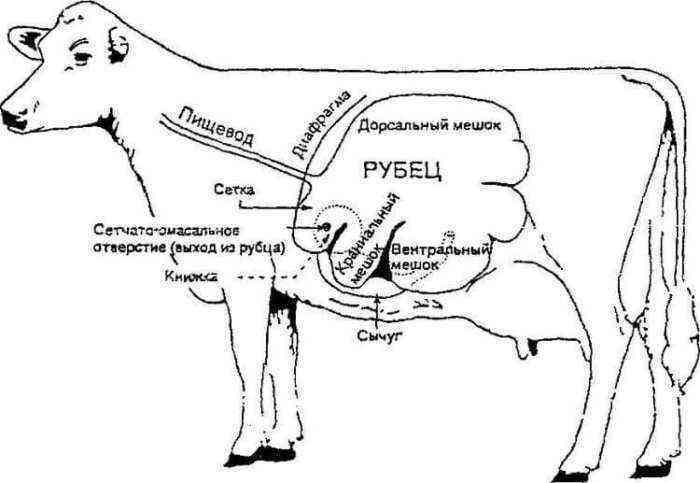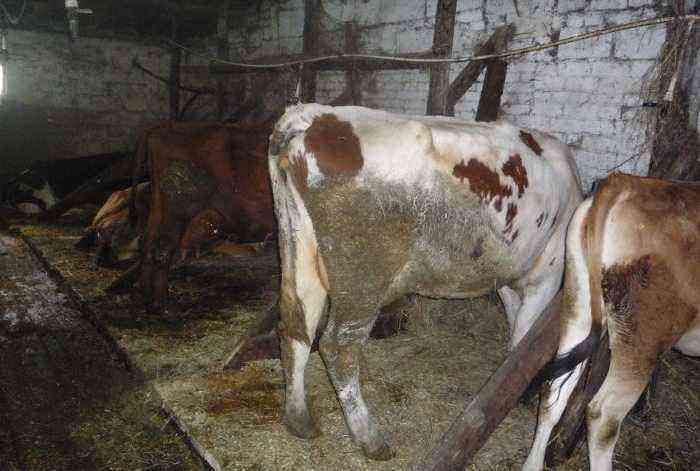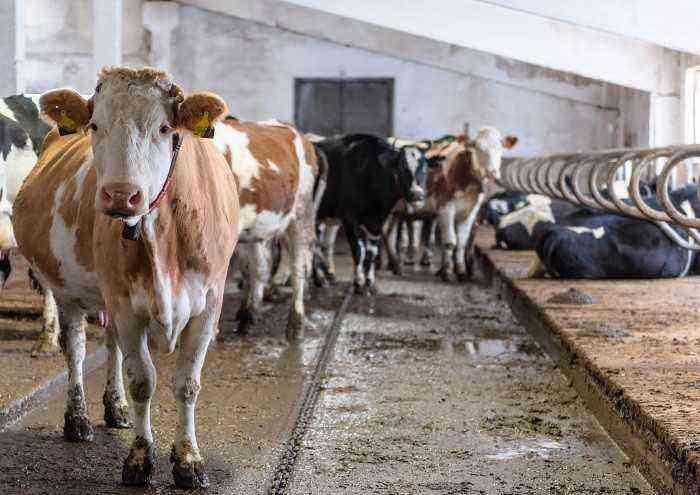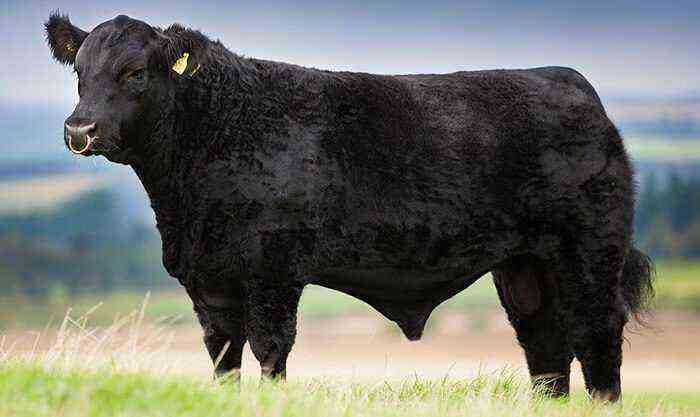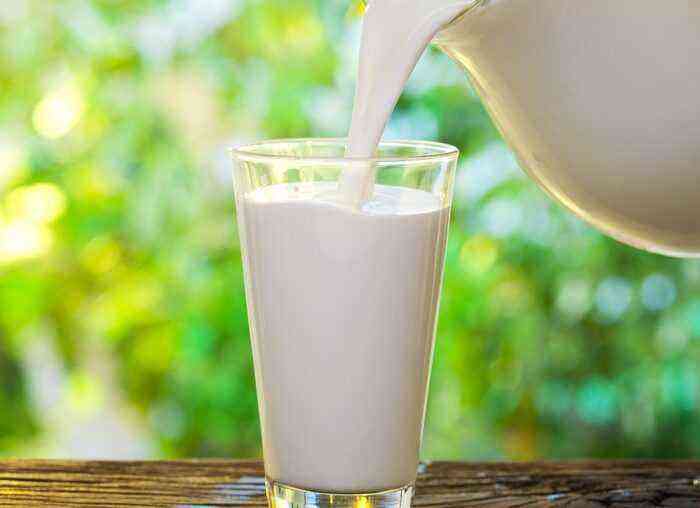Eimeriosis of cattle refers to diseases of a parasitic nature. The disease causes serious malfunctions in the digestive system, which leads to a sharp decrease in productivity and weight, and in some cases even death of the animal. Therefore, in order to prevent a decrease in the number of livestock on the farm, you should know exactly what preventive and therapeutic measures will help to cope with the infection.
Eimeriosis
Causes of appearance
Eimeriosis in cattle is caused by unicellular parasites that belong to the genus Eimeria. This group includes a large number of different types of eimeria, which complicates the diagnosis. Twenty of them are dangerous for cattle, but they may well parasitize the intestines of other farm animals and birds.
Cattle most often become infected with the disease during the first 7 months of life. The source of infection can be young and adult cows or other domestic animals, and even if they have already been ill, the pathogen is still released into the environment with feces for some more time.
From the feces, the eimeria enter the body of the calf through:
- water;
- food;
- bedding;
- care items;
- pastures that previously contained infected individuals;
- dirty rooms, where manure accumulates in large quantities.
Factors contributing to invasion are:
- Too cramped for keeping a herd.
- Non-compliance with sanitary standards for breeding animals.
- Violation of the rules for feeding livestock, as a result of which the body’s resistance to various parasites decreases.
The greatest number of infections occurs in the summer. The risk of disease is especially high at high humidity. Calves are most susceptible at the time of transition from winter stall housing to summer grazing.
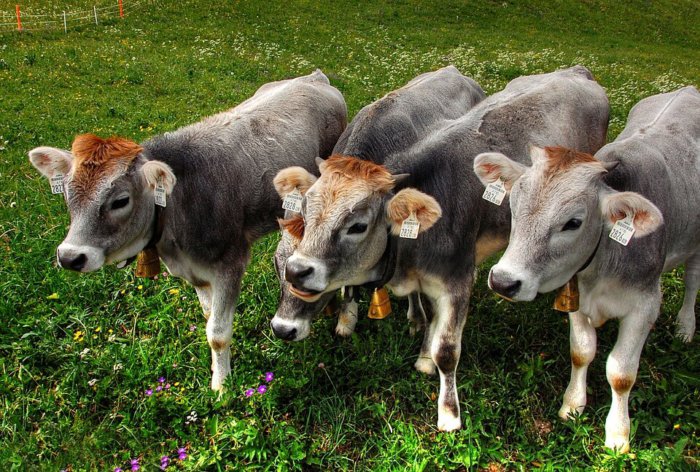
Transition from stall winter content to summer grazing
Symptoms
Together with food or drink, Eimeria enters the digestive tract of the cow. Most often they are localized in the intestine. Here, the pathogen actively corrodes the walls of the epithelial tissue of the mucous membrane, which disrupts the processes of digestion and assimilation of food. In addition, in some cases, this leads to the fact that in parallel with the first disease, a secondary one develops, which is caused by pathogenic microflora that penetrates through the damaged areas of the intestine into the blood.
Eimeriosis in cattle can occur in three forms: acute, subacute, chronic.
For the acute form of the disease, the following symptoms are characteristic:
- general oppression, weakening of the animal, which are accompanied by the appearance of diarrhea;
- within a couple of days, mucus and blood appear in the feces, their number is constantly growing;
- general oppression and loss of strength are constantly progressing, reaching a maximum at the end of the first week from the moment of infection;
- the temperature rises above 40 degrees;
- from 7 to 14 days, the contraction of the muscles of the digestive tract is constantly increasing, which leads to more frequent acts of defecation;
- towards the end of the second week, a complete refusal of the calf from food can be traced. The mucous membranes of the mouth and nose acquire a bluish tint;
- gradually the temperature drops to 35 degrees.
As for the subacute course of eimeriosis, the main clinical symptoms for it are the same as for the acute type of the disease. The difference is that they are less pronounced. The pace of its development, including the appearance of each subsequent sign, is significantly slowed down.
The chronic form of the disease is most often seen in adults. It is accompanied by the following manifestations:
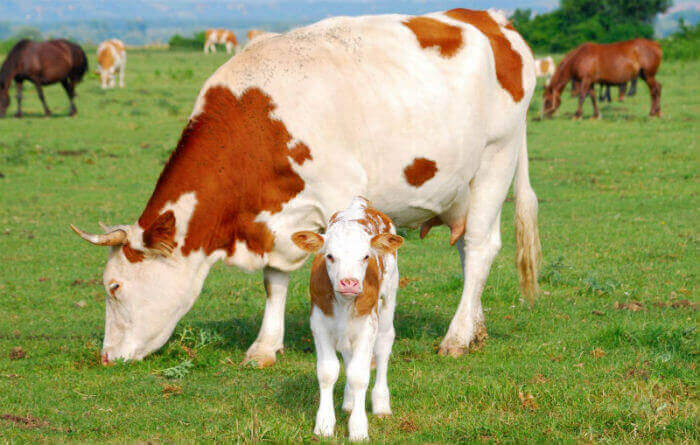
Strong oppression of livestock
- refusal of food and water;
- accelerated exhaustion and severe oppression of livestock;
- mucous membranes, as in acute course, are bluish in color, which is a consequence of anemia;
- diarrhea is not often observed;
- the temperature rises slightly;
- in comparison with their peers, there is a sharp decrease in the rate of development of the animal.
Reference. Clinical signs of the disease are very similar to other parasitic diseases. It has a special similarity with salmonellosis and cryptosporidiosis, which is why it is so important to make a correct diagnosis of the developing pathogenic process.
Diagnostics
Diagnosis of the disease is based on:
- Analysis of the present epizootological signs.
- Study of the feces of an animal suspected of having eimeriosis.
- Pathological changes in the body of a cow (in case of her death).
When examining the feces of an animal, a search for a pathogen is carried out. As a rule, immediately after infection, the cow begins to release oocysts into the environment (one of the stages in the development of eimeria). With the course of the disease, up to several thousand of such single-celled parasites can be excreted in one bowel movement.
Pathological examination may show the following features:
- the abdominal cavity is filled with a yellowish liquid;
- all mucous membranes are pale;
- the lymph nodes are greatly enlarged in size, which is a consequence of the action of toxins released by the parasite in the process of life;
- in the small and large intestine, there are obvious lesions with traces of hemorrhage. The mucous membrane of the large intestine is swollen.
Treatment
After the veterinarian confirms the presence of eimeria in the body, you can proceed to the treatment of the animal. To do this, he is, first of all, placed in a quarantine room and exclude any contact with the rest of the herd. The diet is replaced with a dietary one with various vitamin supplements that can increase the immune processes in the body.
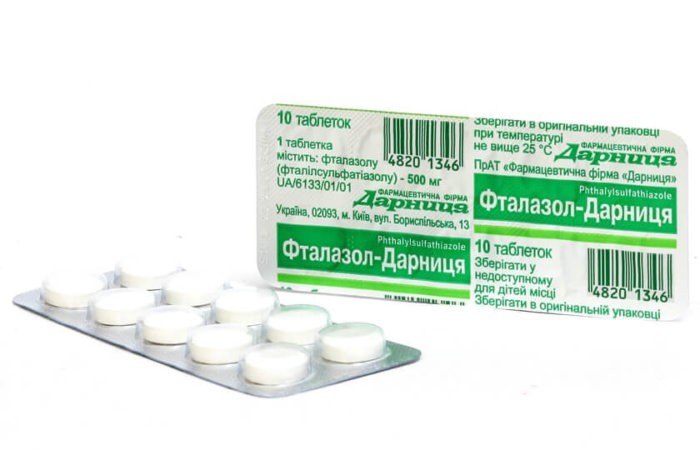
Phthalazole
Next, drug treatment is carried out. Its basis is fthalazol or sulfadimezin. Treatment with such means is carried out within 4-5 days. The drugs are diluted in food (milk) in the proportion of 30 mg per kilogram of cow weight. The procedure is carried out three times a day. After the end of the treatment course, you need to take a break for a couple of days. Then it can be repeated.
Norsulfazole has also proved to be effective in the treatment of eimeriosis. It is also diluted in milk and given to the animal. The dosage is 60 mg/kg body weight twice a day. In certain cases, antibiotics are also prescribed in combination with sulfonamides.
Often the general course of treatment is supplemented with chemcoccid-7. This premix is fed to livestock with concentrated feed at the rate of 450-500 mg per kg of body weight. In the presence of secondary diseases, the course of treatment can be extended by individually prescribed drugs.
Prevention
Preventive measures to combat the spread of eimeriosis are as follows:
- Maintaining cleanliness in the premises where young animals are kept. All stalls, the barn as a whole, the walks are cleared of manure every day.
- Proper nutrition. The diet should include all the necessary nutrients, minerals and vitamins, as well as take into account existing recommendations for feeding young animals.
- Proper pasture. Juveniles are grazed separately from last year’s offspring and adults. Grazing is carried out in a dry area, away from the lowlands. It is desirable to water calves from flowing reservoirs or drinkers.
- Prophylactic medication. To prevent invasion, cattle can be periodically soldered with sulfonamides. The course of prophylactic administration is 5 days, after which a 3-day break is made and again there are 5 days of taking the medicine.
Attention! Upon identification of suspicious individuals in the herd, they are immediately isolated, and the manure and bedding on which the cow was kept are disposed of. At the same time, the room is disinfected to eliminate the remaining oocysts.
Conclusion
Despite the fact that eimeriosis rarely leads to death, it is a dangerous contagious disease. It is especially dangerous because young animals are susceptible to it. Therefore, farm owners should approach the implementation of basic preventive measures with the utmost responsibility. This will help to maintain both the livestock and the productivity of the herd.
